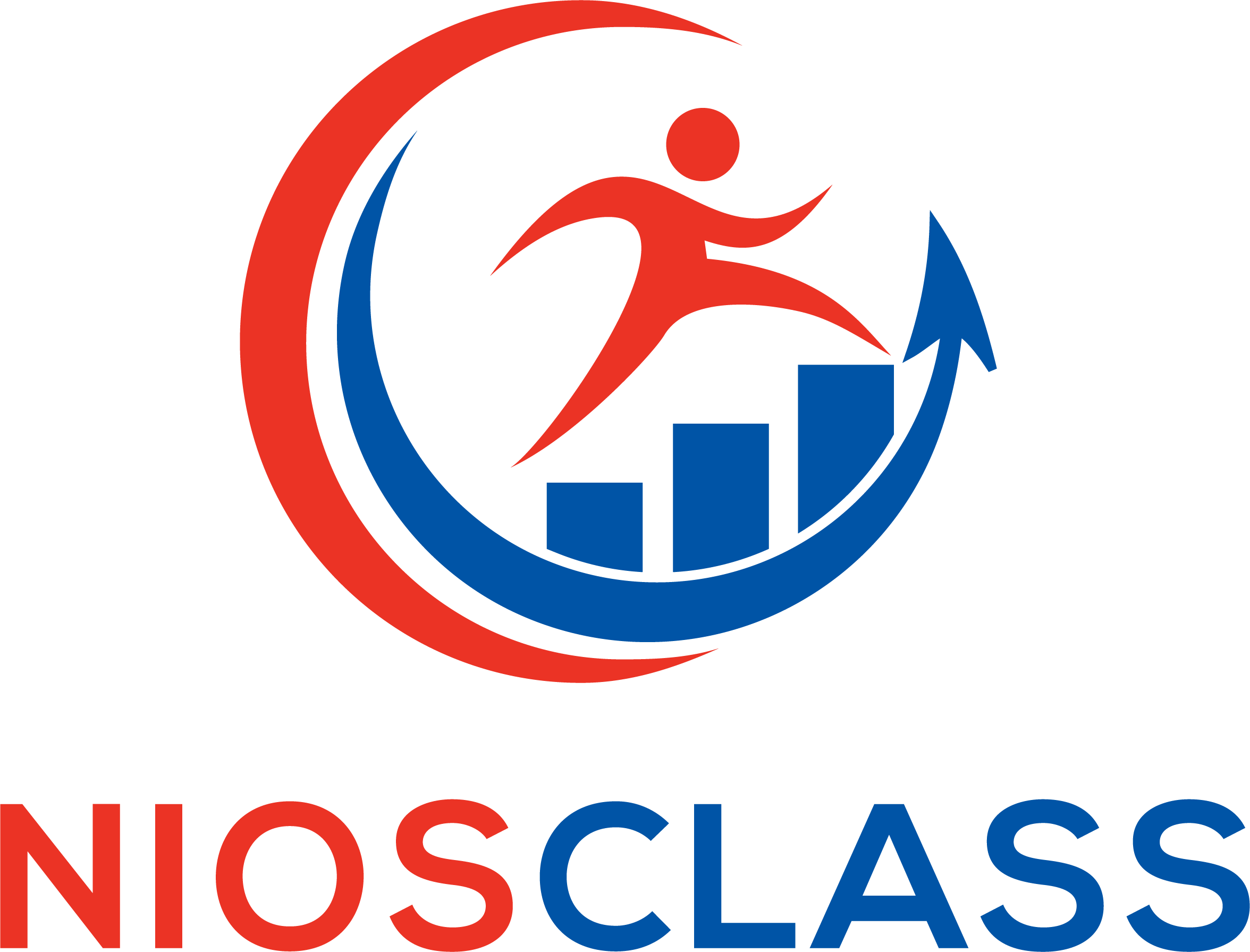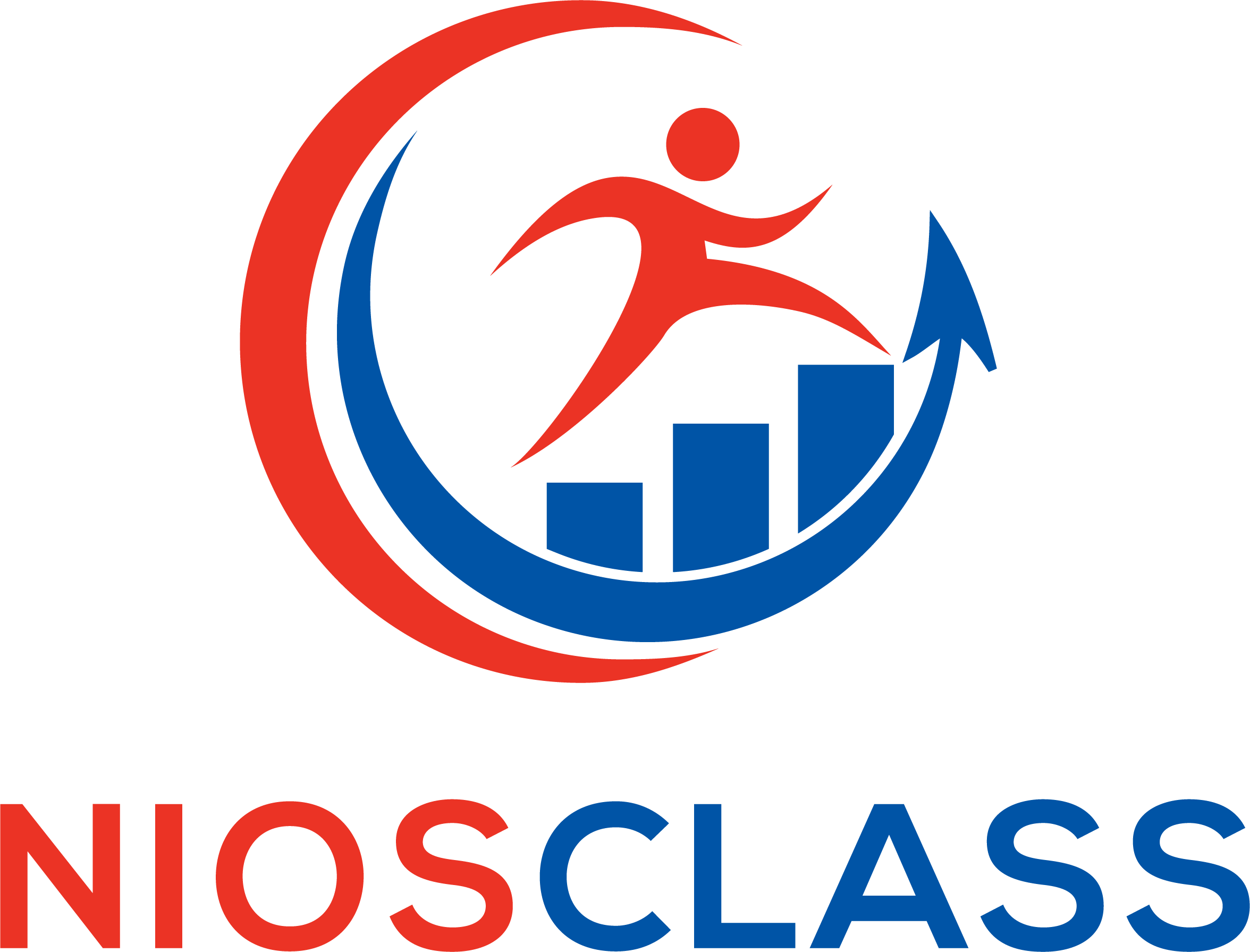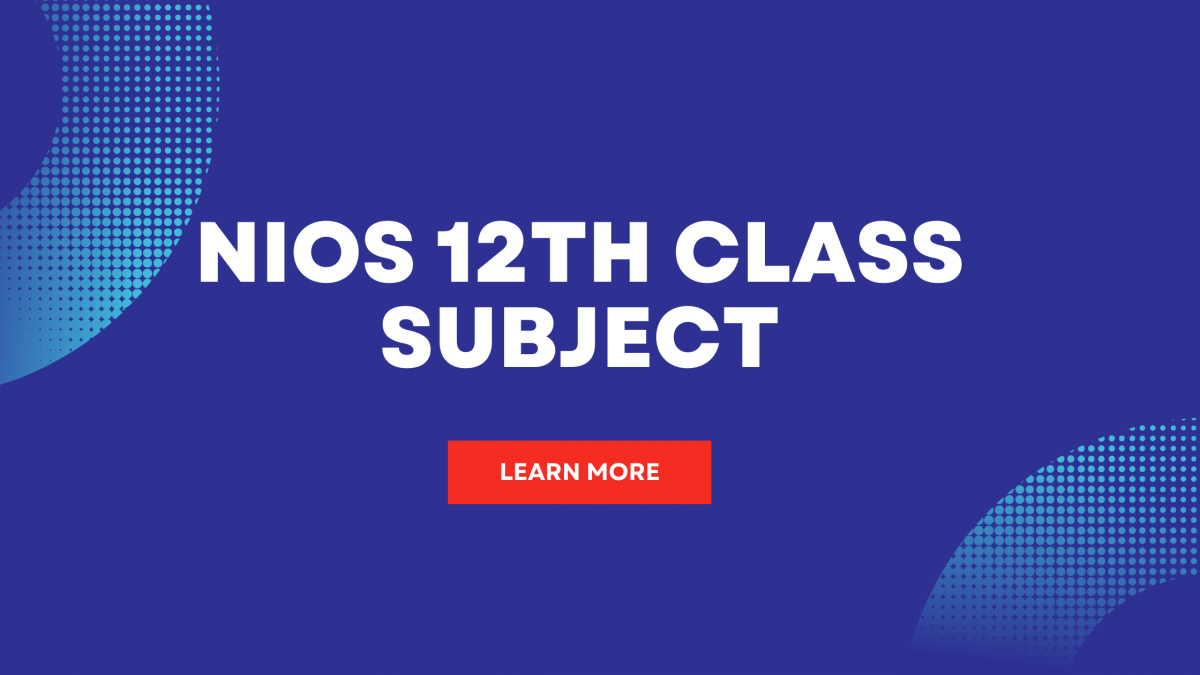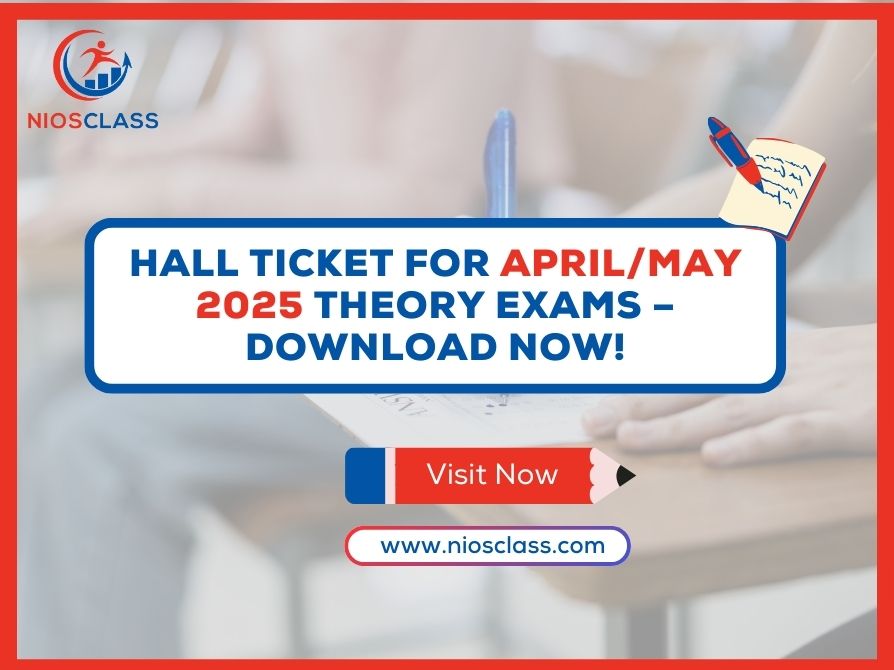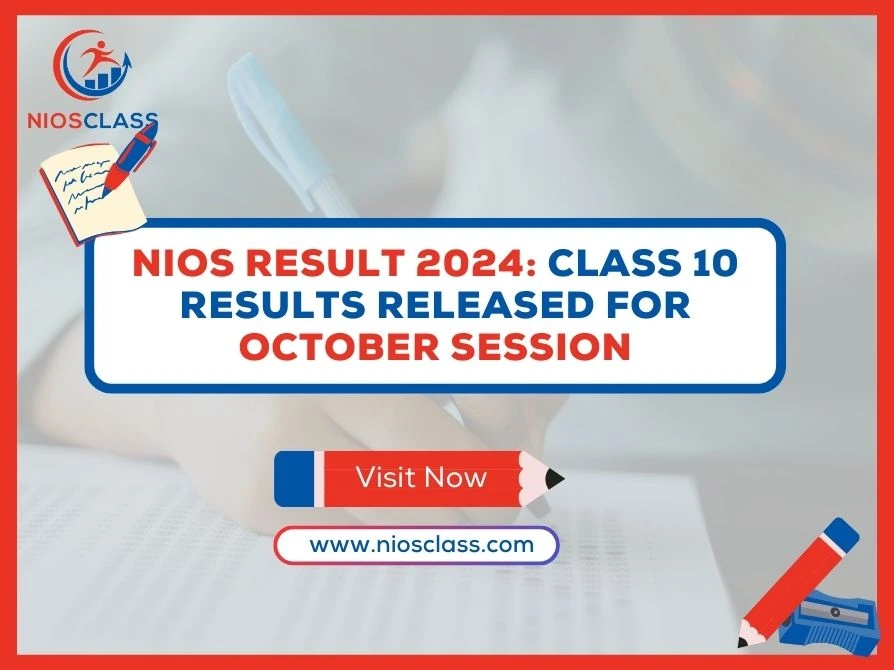
NIOS On Demand Exam
October 15, 2022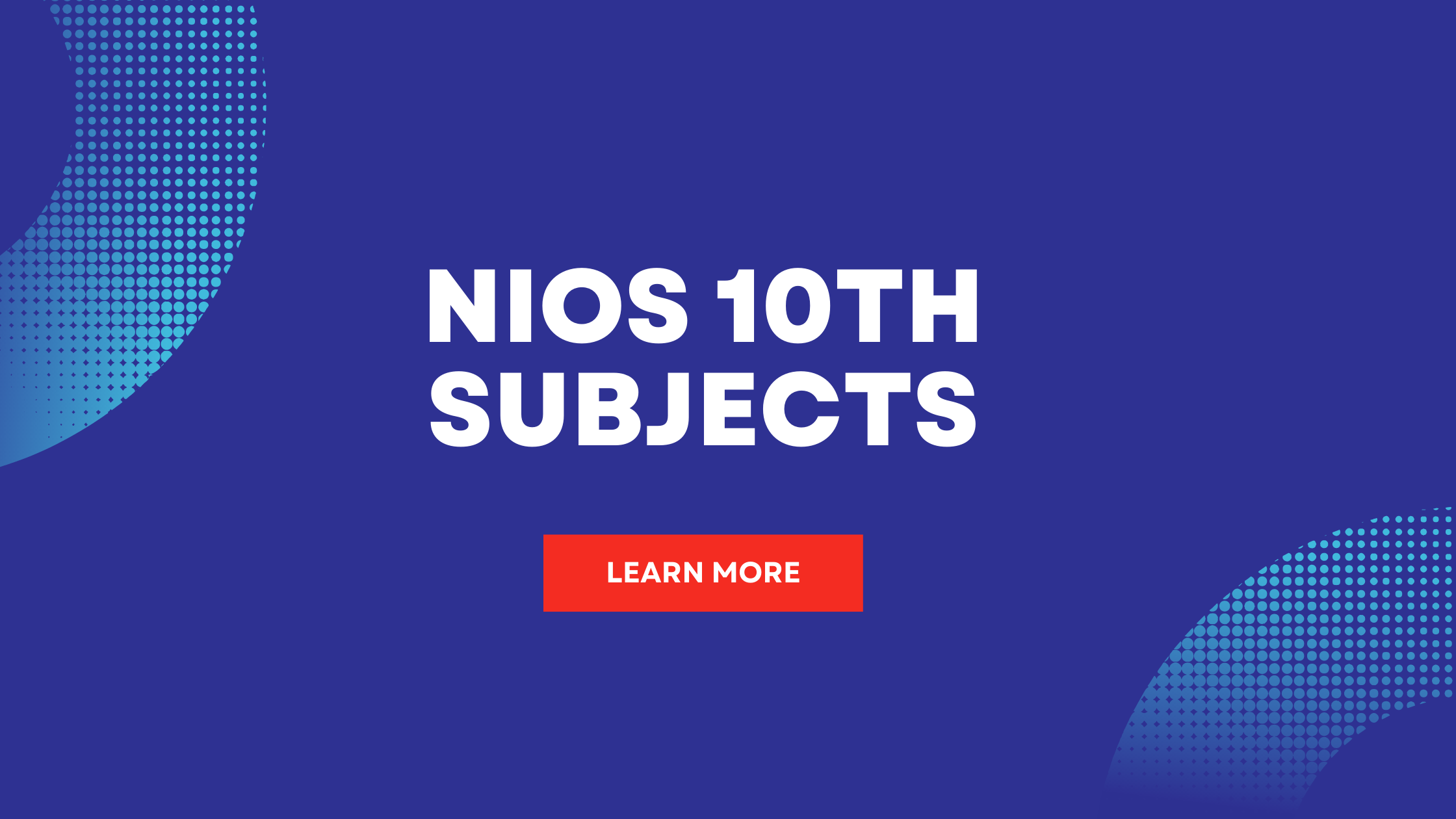
Nios 10th subjects
October 15, 2022Subjects for 12th senior secondary list given below.
- Hindi Subject Code 301
- English Subject Code 302
- Bengali Subject Code 303
- Tamil Subject Code 304
- Odia Subject Code 305
- Urdu Subject Code 306
- Gujarati Subject Code 307
- Sanskrit Subject Code 309
- Punjabi Subject Code 310
- Mathematics Subject Code 311
- Physics Subject Code 312
- Chemistry Subject Code 313
- Biology Subject Code 314
- History Subject Code 315
- Geography Subject Code 316
- Political Science Subject Code 317
- Economics Subject Code 318
- Business Studies 319
- Accountancy Subject Code 320
- Home Science Subject Code 321
- Psychology Subject Code 328
- Computer Science Subject Code 330
- Sociology Subject Code 331
- Painting Subject Code 332
- Environmental Science Subject Code 333
- Mass Communication Subject Code 335
- Data Entry Operations Subject Code 336
- Tourism Subject Code 337
- Introduction to Law Subject Code 338
- Library and Information Science Subject Code 339
- Arabic Subject Code 341
- Persian Subject Code 342
- Malayalam Subject Code 343
- Veda Adhyayan Subject Code 345
- Sanskrit Vyakarana Subject Code 346
- Bharatiya Darshan Subject Code 347
- Sanskrit Sahitya Subject Code 348
- Physical Education and Yog Subject Code 373
- Military Studies Subject Code 374
- Military History Subject Code 375
- Early Childhood Care and Education Subject Code 376
- Committees of Courses Subject Code 287 Learning Through Open Schooling
NIOS 12th class subject list
Students can check the nios 12 class subject list below and choose the subjects of their Interest.
SUBJECTS CODE | SUBJECT | THEORY MARKS | PRACTICAL MARKS | DURATION | MAXIMUM MARKS |
GROUP”A” | |||||
301 | Hindi | 100 MARKS | NO PRACTICAL | 3 HOURS | 100 MARKS |
302 | English | 100 MARKS | NO PRACTICAL | 3 HOURS | 100 MARKS |
303 | Bengali | 100 MARKS | NO PRACTICAL | 3 HOURS | 100 MARKS |
304 | Tamil | 100 MARKS | NO PRACTICAL | 3 HOURS | 100 MARKS |
306 | Urdu | 100 MARKS | NO PRACTICAL | 3 HOURS | 100 MARKS |
309 | Sanskrit | 100 MARKS | NO PRACTICAL | 3 HOURS | 100 MARKS |
GROUP “B” | |||||
311 | Mathematics | 100 MARKS | NO PRACTICAL | 3 HOURS | 100 MARKS |
312 | Physics | 80 MARKS | 20 MARKS | 3 HOURS | 100 MARKS |
313 | Chemistry | 80 MARKS | 20 MARKS | 3 HOURS | 100 MARKS |
314 | Biology | 80 MARKS | 20 MARKS | 3 HOURS | 100 MARKS |
315 | History | 100 MARKS | NO PRACTICAL | 3 HOURS | 100 MARKS |
316 | Geography | 80 MARKS | 20 MARKS | 3 HOURS | 100 MARKS |
317 | Political Science | 100 MARKS | NO PRACTICAL | 3 HOURS | 100 MARKS |
318 | Economics | 100 MARKS | NO PRACTICAL | 3 HOURS | 100 MARKS |
319 | Commerce / Business Studies | 100 MARKS | NO PRACTICAL | 3 HOURS | 100 MARKS |
320 | Accountancy | 100 MARKS | NO PRACTICAL | 3 HOURS | 100 MARKS |
321 | Home Science | 80 MARKS | 20 MARKS | 3 HOURS | 100 MARKS |
328 | Psychology | 80 MARKS | 20 MARKS | 3 HOURS | 100 MARKS |
330 | Computer Science | 60 MARKS | 40 MARKS | 3 HOURS | 100 MARKS |
331 | Sociology | 100 MARKS | NO PRACTICAL | 3 HOURS | 100 MARKS |
332 | Painting | 30 MARKS | 70 MARKS | 2 HOURS | 100 MARKS |
333 | Environmental Science | 80 MARKS | 20 MARKS | 3 HOURS | 100 MARKS |
335 | Mass Communication | 80 MARKS | 20 MARKS | 3 HOURS | 100 MARKS |
336 | Data Entry Operations | 40 MARKS | 60 MARKS | 2 HOURS | 100 MARKS |
338 | Introduction to law | 100 MARKS | NO PRACTICAL | 3 HOURS | 100 MARKS |
339 | Library & information science | 80 MARKS | 20 MARKS | 3 HOURS | 100 MARKS |
Introduction:
Education is the only tool to empower persons and make them capable enough to live productive lives particularly in this era of technological advancements and World Wide Web. It enables an individual to cope with the challenges posed by world of work and life at large. Education through open and distance system is perhaps the only way to reach out to a large number of people who cannot pursue their academic and professional skills because of geographical, physical and time constraints.
Open and distance learning has been recognised as one of the ways for individuals to pursue skills, become empowered and contribute to social and economic development of the country. With the advent of multimedia and internet based learning solutions, open and distance learning has acquired new meaning.
To its root, it is the system of education that aims at providing access to education to anyone despite constraints of time, place, pace or other reasons. With this philosophy, National Institute of Open Schooling, NIOS offers flexible learning opportunities to learners to learn according to their own interests, capacity and capability.
2. Open Schooling system NIOS is a recognised National Board with cumulative enrolment of 2.78 million (for last 5 years) providing quality education through a network of 20 Regional Centres, two Sub Regional Centres and more than 6620 Study Centres (AIs/AVIs) spread all over the country and abroad. The use of multiple channels of communication such as self-learning print material and audio and video capsules as supplementary material makes the process of learning interesting and engaging. To provide an opportunity to learners to interact with each other and with the tutor, Personal Contact Programmes are organised at the study centres.
With an aim to reach out to the maximum learners, Mukta Vidya Vani programmes (Audio streaming through internet on NIOS website) are live webcast where anyone can access quality interaction on the subject matter and related themes. The learners can participate and ask their questions which are duly addressed. With the effective use of technology, Community Radio programmes (FM 91.2 MHz) of NIOS are also used to sensitise people about general topics related to community health, adolescence education, etc.
3. Flexibilities in Open Schooling Flexibility is the key feature of the open schooling system.
The NIOS provides flexibility with respect to:
3.1 Age limit: There is no upper age limit for admission. However, the minimum age for enrolment is 14 years for the Secondary course and 15 years for the Senior Secondary course. I
3.2 Choice of subjects: Learners can choose subjects of their choice from a number of subjects. NIOS offers 11 subjects and 17 languages at secondary level and 20 subjects and 9 languages at senior secondary level.
3.3 Choice in medium of instruction: Self learning material is provided in different languages. Learners can choose from: • Hindi, English, Urdu, Marathi, Telugu, Gujarati, Malayalam, Tamil, Punjabi and Odia mediums at the Secondary stage. • Hindi, English, Urdu, Bengali, Gujarati and Odia mediums at the Senior Secondary stage. Additional subjects: Learners can also select one or two additional subject (s) either at the time of admission or during the course of study, but not more than seven subjects in all. Change of subject: During the admission period of five years, learners can change one or more subject (s), provided the total number of subjects does not exceed seven. Subject(s) already passed by a learner cannot be changed.
3.6 Credit accumulation: Learners can choose to appear in any one or more subjects in any examination and earn credit which will be accumulated till all five subjects required for certification are successfully completed within a period of 5 years of registration.
3.7 Transfer of credit: NIOS allows transfer of credits of up to two subjects passed from National and State Boards of Examination / State Open Schools with whom NIOS has entered into an agreement.
3.8 Combination of Academic and Vocational subjects: A number of vocational subjects are also offered in combination with academic subjects at the Secondary and the Senior Secondary level.
3.9 Examination: The Public Examinations are held twice in a year. Learners can take any examination during this period as and when they are well prepared.
3.10 On Demand Examination: Learner can also appear through the On-Demand Examination System (ODES) of NIOS at the Secondary and the Senior Secondary levels. This facility is available at the NIOS Headquarter, NOIDA and at most Regional Centres of NIOS.
4. Scheme of studies
1. Secondary course The learner needs to study five subjects with one or maximum two languages and remaining other subjects as per choice. Each subject carries 100 marks; in subjects with practicals, the weightage accorded is theory-85%, practical-15%.
2. Senior Secondary course The learner needs to study five subjects with either one or II maximum two languages and the remaining subjects as per choice. Each subject carries 100 marks. For subjects with practicals, the weightage accorded is theory-80%, practical 20%.
3. Internal/Formative assessment through Tutor Marked Assignments (TMA): Tutor are an integral part of the learning process. In order to check the progress during the course of study, the learners are required to attempt and submit the same. Tutor Marked Assignments in secondary and senior secondary examination carry 20% weightage of theory marks in the external examination which are reflected in the marksheet. These marks are added to the marks obtained in external theory examination.
5. Certification For obtaining a pass certificate, learners are required to pass in a minimum of five subjects including one or maximum of two languages.
